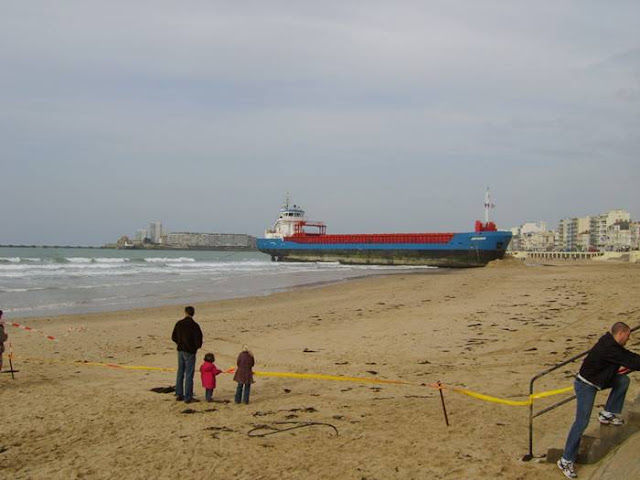Thursday, April 11, 2013
The Lençóis Maranhenses National Park (Parque Nacional dos Lençóis Maranhenses) Maranhão, Brazil
The Lencois Maranhenses National Park Brazil (Parque Nacional dos Lençóis Maranhenses) is located in Maranhão state, in northeastern Brazil, just east of the Baía de São José, between 02º19’—02º45’ S and 42º44’—43º29’ W. It is an area of low, flat, occasionally flooded land, overlaid with large, discrete sand dunes. It encompasses roughly 1500 square kilometers, and despite abundant rain, supports almost no vegetation. The park was created on June 2, 1981. It was featured in the Brazilian film The House of Sand. Most recently, it was featured in the song "Kadhal Anukkal" from the Indian film, Enthiran.
Ubari or Awbari Oasis lake Sand Sea of Fezzan, Libya
Recent archaeological research revealed the existence of several fresh-water lakes, known as palaeolakes, in ancient Fezzan, Libya. Some of these lakes were located in the southern regions of Wadi Irawan, Wadi al-Ajal and the Ubari Sand Sea. The archaeological finds from the area include dark layers of organic matters, shells, hand axes and other Palaeolithic and Neolithic implements and tools which strongly suggested ancient human activity in Fezzan. These lakes were part of a larger network of lakes which have included the legendary nearby Lake Tritonis and Lake Chad among numerous other smaller lakes.
Precise dating of the lakes is yet to be confirmed, but current studies, conducted by the Fezzan Project, suggest Pleistocene and Holocene human presence. However, results from Wadi al-Ajal's playas (: which are mud flats with rough surface, cracks and salt encrustation, like the Playa of Germa which represent the lakes just before drying out) indicate these lakes to have disappeared around 3000 years ago.
































































+%E2%80%93+Discover+Grand+Canyon+in+Northern+Arizona+1.jpg)




